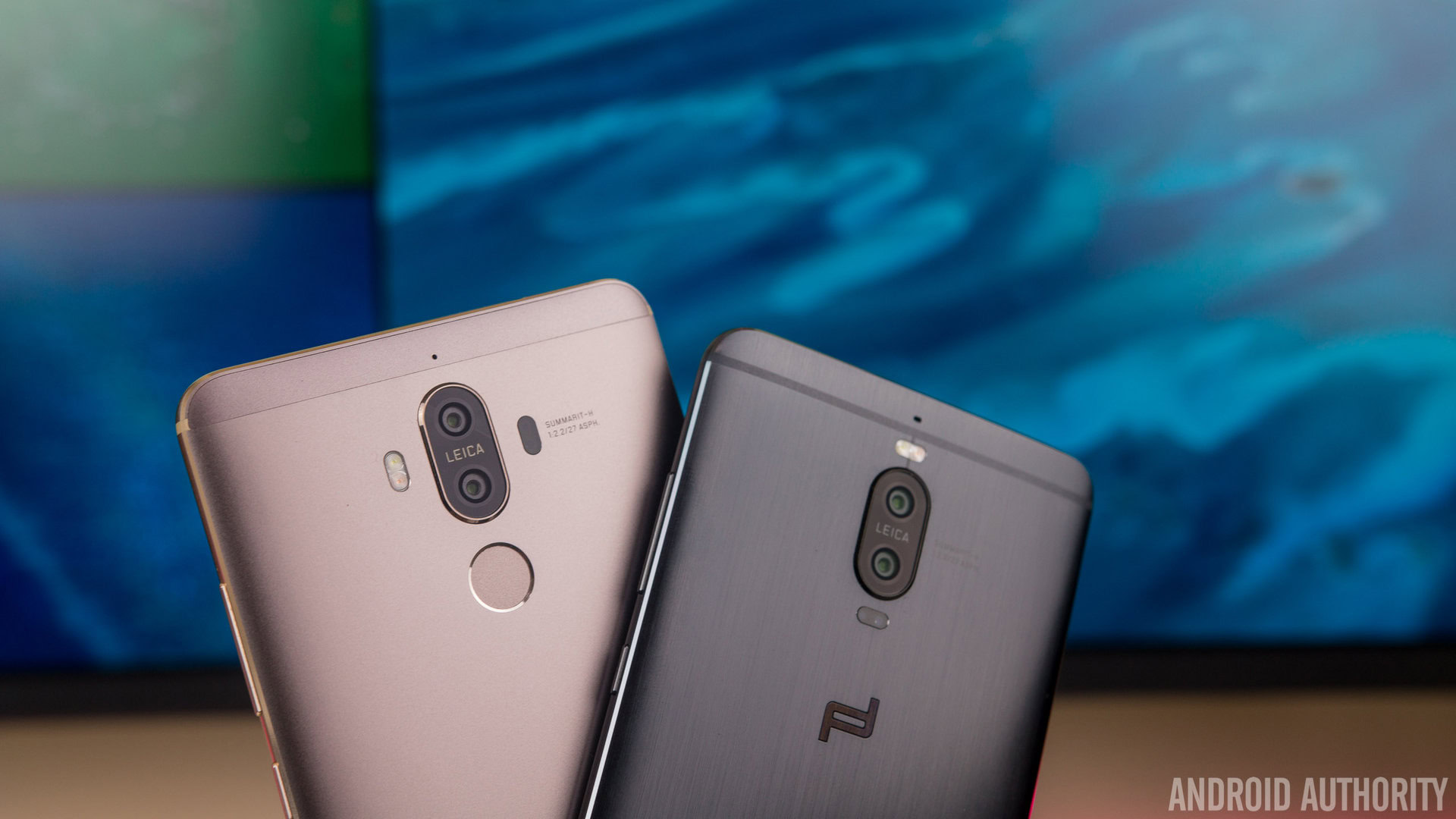Affiliate links on Android Authority may earn us a commission. Learn more.
HUAWEI Mate 9 versus the competition
Published onNovember 3, 2016
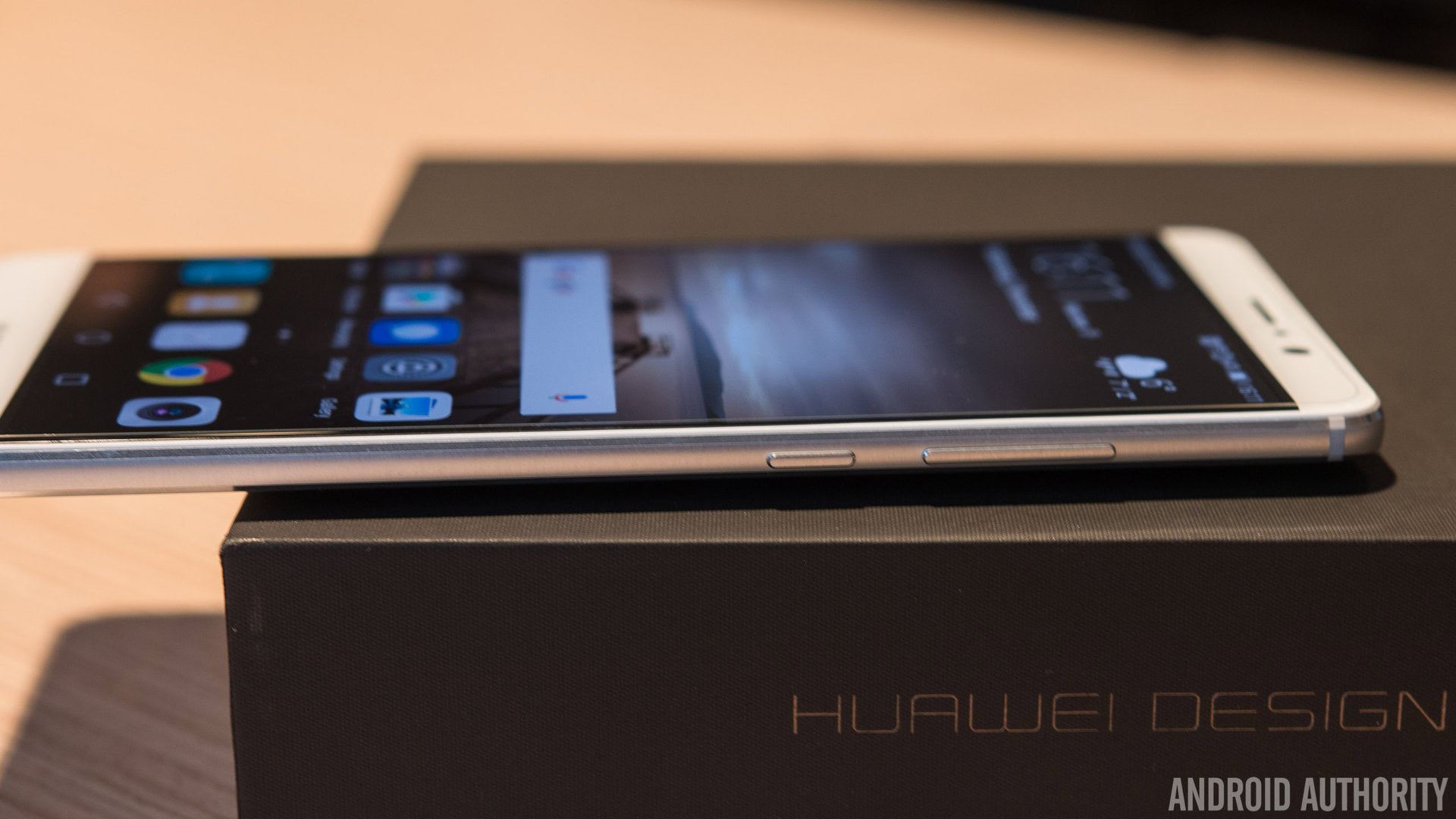
HUAWEI has unveiled its new Mate 9 and details on its Porsche designed collaboration today, and early impressions certainly point to a compelling flagship offering. Boasting some cutting edge processing and camera hardware, the Mate 9 is looking to do battle with the best smartphones on the market today. But we’re here to find out if the phone has what it takes to go toe to toe across the full range of specifications.
For today’s comparison, we’re picking out the supersized LG V20 and Moto Z Force, the new Pixel XL, and Samsung’s trusty Galaxy S7 edge as the biggest competitors to the Mate 9 in terms of hardware and price. Here’s how they stack up on paper:
| Mate 9 / Porsche Design | LG V20 | Pixel XL | Galaxy S7 edge | Moto Z Force | |
|---|---|---|---|---|---|
Display | Mate 9 / Porsche Design 5.9-inch FullHD / 5.5-inch QHD | LG V20 5.7-inch QHD LCD (2560x1440) | Pixel XL 5.5-inch QHD AMOLED (2560x1400) | Galaxy S7 edge 5.5-inch QHD AMOLED (2560x1400) | Moto Z Force 5.5-inch QHD AMOLED (2560x1440) |
SoC | Mate 9 / Porsche Design Kirin 960 | LG V20 Snapdragon 820 | Pixel XL Snapdragon 821 | Galaxy S7 edge Exynos 8890 or Snapdragon 820 | Moto Z Force Snapdragon 820 |
CPU | Mate 9 / Porsche Design 4x 2.4GHz Cortex-A73 4x 1.8GHz Cortex-A53 | LG V20 4x 2.15GHz Kryo | Pixel XL 4x 2.15GHz Kryo | Galaxy S7 edge 4x 2.3GHz Samsung M1 + 4x 1.6GHz Cortex-A53 or 4x 2.15GHz Kryo | Moto Z Force 4x 2.15GHz Kryo |
GPU | Mate 9 / Porsche Design Mali-G71 MP8 | LG V20 Adreno 530 | Pixel XL Adreno 530 | Galaxy S7 edge Mali-T880 MP12 or Adreno 530 | Moto Z Force Adreno 530 |
RAM | Mate 9 / Porsche Design 4GB / 6GB | LG V20 4GB | Pixel XL 4GB | Galaxy S7 edge 4GB | Moto Z Force 4GB |
Storage | Mate 9 / Porsche Design 64GB / 256GB | LG V20 32 / 64GB | Pixel XL 32 / 128GB | Galaxy S7 edge 32 / 64GB | Moto Z Force 32 / 64GB |
MicroSD? | Mate 9 / Porsche Design Yes | LG V20 Yes | Pixel XL No | Galaxy S7 edge Yes | Moto Z Force Yes |
Leading from the top of our table with the display, some will certainly be disappointed not to see HUAWEI make the move on up to a QHD panel for its large 5.9-inch display. Instead, we’re still using a 1080p display like the Mate 8 and at this size there will be a notable difference in quality compared with other high end handsets. However, if you’re after a sharper display, you could to stump up the cash for the Porsche variant, which boasts a smaller 5.5-inch curved panel along with a QHD resolution.
As the Mate 9 is Daydream compatible, the company appears to have moved from LCD over to OLED.
HUAWEI didn’t mention anything about the display type during its launch, but as the Mate 9 is Daydream compatible, the company appears to have moved from LCD over to OLED. This should also provide more vibrant colors and a wider viewing angle than LCD panels, and HUAWEI claims to offer a color gamut that meets 96% of the NTSC standard and has a high contrast ratio of 1500:1.
Powering the new Mate 9 is the equally new HiSilicon Kirin 960, rather than this year’s common Snapdragon 820/821 chipset found in most other flagships. The Kirin 960 features a familiar big.LITTLE CPU design from last year, but makes use of ARM’s latest Cortex-A73 high performance core for a processing boost. According to HUAWEI’s own benchmarks, CPU performance is pretty close between the Kirin 960, the Snapdragon 821, and Samsung’s Exynos 8890, with the former eking out small advantages in the single-core score and a larger gap with the quad-core Snapdragon 821 in the multi-core result. In reality though, we’re looking at an equally snappy performance across any of these chips. Apple’s A10 found in the new iPhone 7 remains a unique beast though, offering up substantially more single-core performance but falling a little behind in multi-core scores.
The new Mali-G71 MP8 GPU accelerates the Mate series from the mid to premium tier for mobile gamers.
Graphics performance is where the Kirin 960 really shines though, thanks to its new Mali-G71 MP8 GPU. The Mali-G71 offers up both performance and energy efficiency improvements over the Mali-T880 found in the Exynos 8890 and, again according to HUAWEI’s benchmarks, gives the Kirin 960 a notable performance edge. As well as raw compute power, the new GPU also supports the Vulkan API for multi-core CPU utilization improvements.
Compared to last year’s Mate 8, which features a Mali-T880 MP4 configuration, there’s a huge 180% performance again, accelerating the Mate series from the mid to premium tier for mobile gamers. The lower resolution 1080p panel in the regular Mate 9 should also see this GPU performance go a little further than handsets that have a QHD display to push pixels to. That being said, the Qualcomm’s Adreno 530 powering most of today’s flagships is no slouch and still competes rather well with ARM’s latest GPU core design.
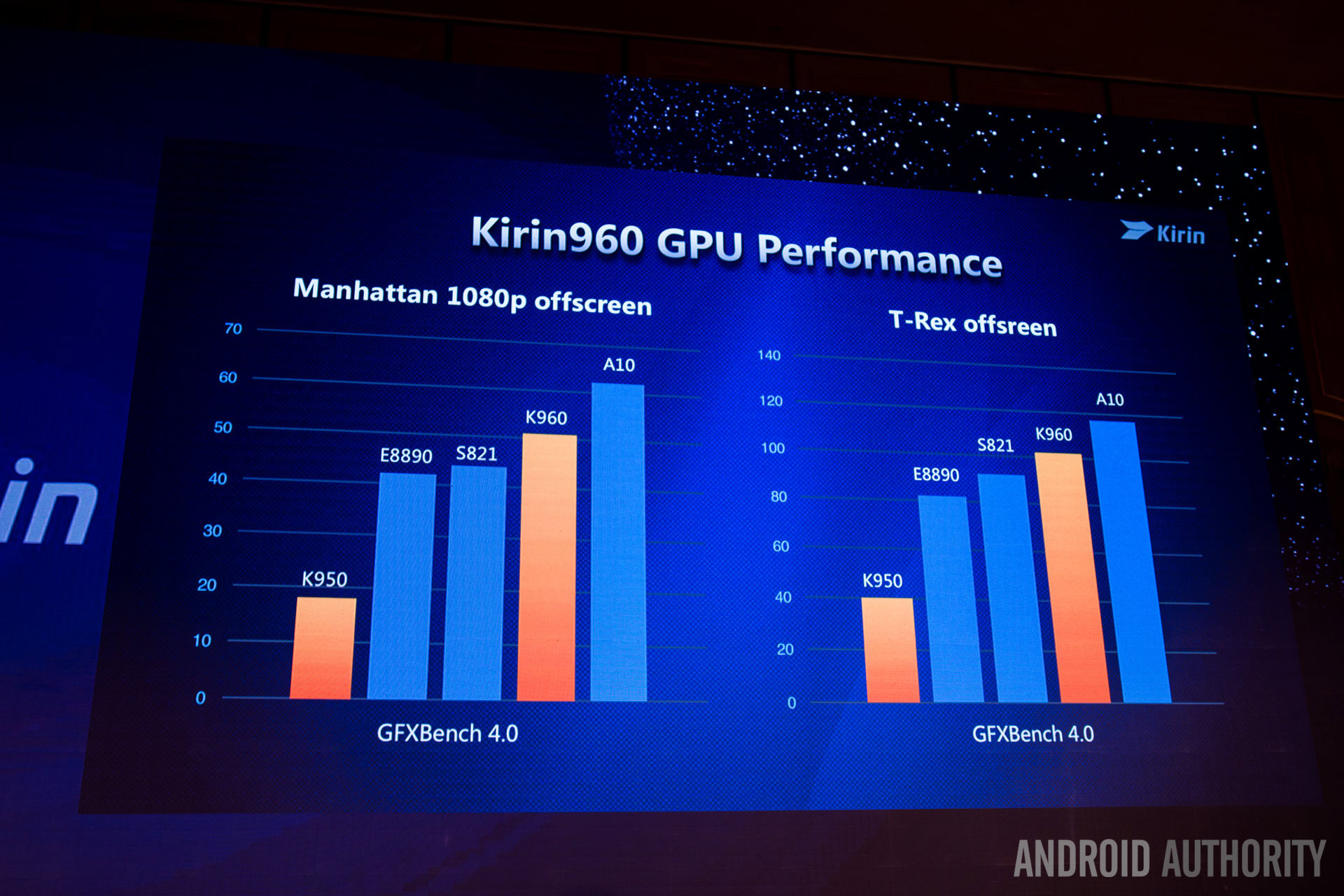
While we’re talking about processing hardware, you’ll find a familiar 4GB of RAM available with the Mate 9, which matches what you’ll see in other flagships. It’s the fast LPDDR4 type too, and this is accompanied by 64GB of fast UFS2.1 flash memory, also a rather standard capacity if you glance across our comparison table. If you want more RAM, which to be honest you won’t need, you can grab the Porsche model which boosts the RAM count to 6GB and the flash memory to 256GB.
Finally, the Kirin 960 also boasts a new modem with Category 12/13 LTE capability, which matches what you’ll find in the Qualcomm Snapdragon 820/821 and the Exynos 8890. So mobile download and upload speeds will be virtually identical when compared with other flagship devices on your network. For a closer look at the ins and outs of the Kirin 960, check out our in depth article below.
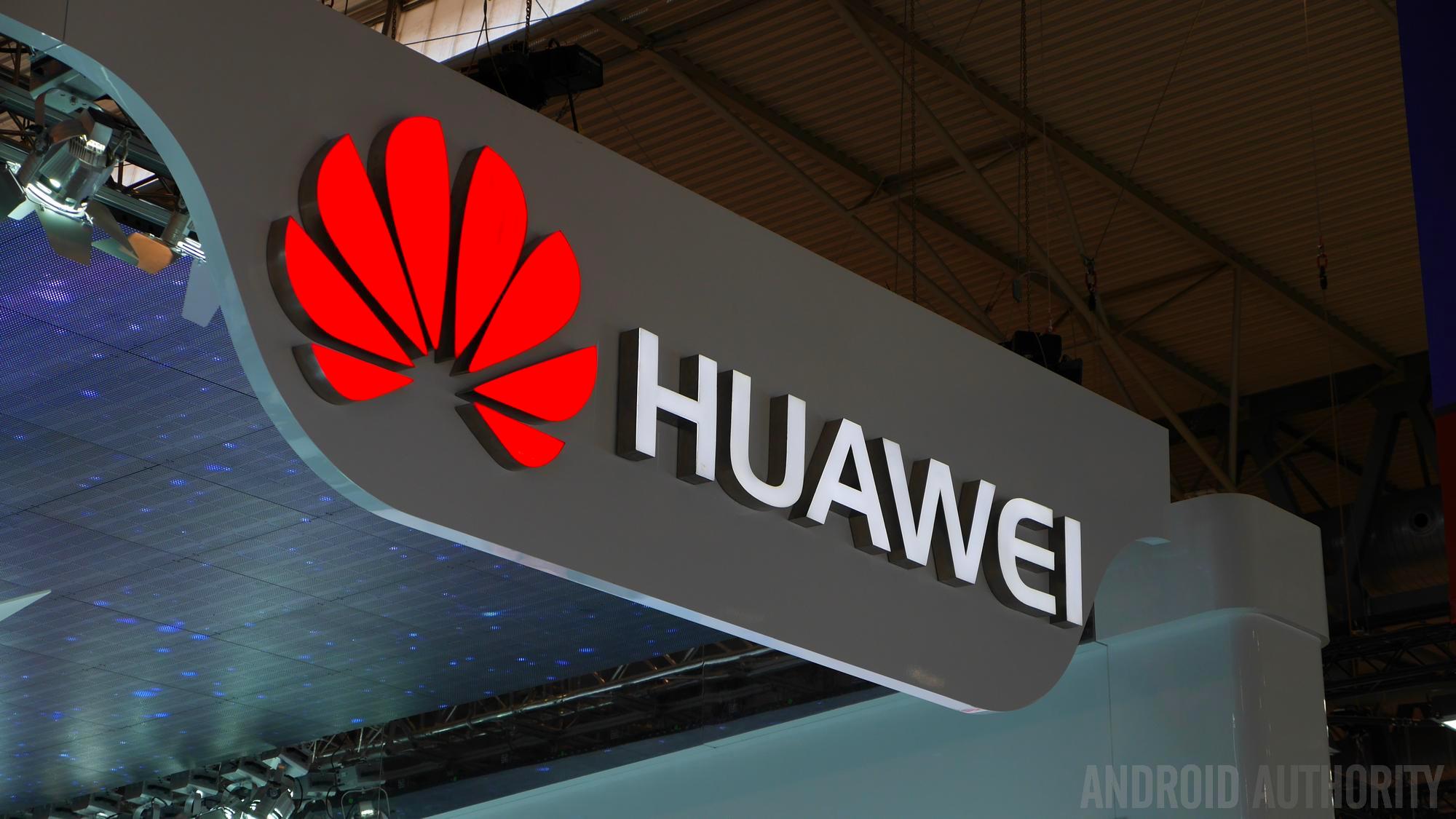
| Mate 9 / Porsche Design | LG V20 | Pixel XL | Galaxy S7 edge | Moto Z Force | |
|---|---|---|---|---|---|
Cameras | Mate 9 / Porsche Design 12MP RGB + 20MP monochrome f/2.2 rear with laser AF, OIS & 2x zoom 8MP f/1.9 front | LG V20 16MP f/1.8 + 8MP f/2.4 rear with OIS, laser & PDAF 5MP f/1.9 front | Pixel XL 12.3MP f/2.0 rear with OIS 8MP front | Galaxy S7 edge 12MP f/1.7 rear with OIS & PDAF 5MP f/1.7 front | Moto Z Force 21MP f/1.8 rear with laser & PDAF, OIS 5MP f/2.2 front |
Battery | Mate 9 / Porsche Design 4,000mAh | LG V20 3,200mAh | Pixel XL 3,450mAh | Galaxy S7 edge 3,000mAh | Moto Z Force 3,500mAh |
NFC | Mate 9 / Porsche Design Yes | LG V20 Yes | Pixel XL Yes | Galaxy S7 edge Yes | Moto Z Force Yes |
Fingerprint | Mate 9 / Porsche Design Yes | LG V20 Yes | Pixel XL Yes | Galaxy S7 edge Yes | Moto Z Force Yes |
Fast Charge | Mate 9 / Porsche Design SuperCharge | LG V20 Quick Charge 3.0 | Pixel XL Yes | Galaxy S7 edge Yes | Moto Z Force Yes |
IP Rating | Mate 9 / Porsche Design No | LG V20 No | Pixel XL No | Galaxy S7 edge IP68 | Moto Z Force No |
3.5mm audio | Mate 9 / Porsche Design Yes | LG V20 Yes | Pixel XL Yes | Galaxy S7 edge Yes | Moto Z Force No |
Extras | Mate 9 / Porsche Design USB Type-C, Daydream | LG V20 USB Type-C, MIL-STD-810G certified, 32-bit/192kHz audio | Pixel XL USB Type-C, Daydream | Galaxy S7 edge Wireless Charging, Samsung Pay | Moto Z Force USB Type-C, Shatterproof display |
OS | Mate 9 / Porsche Design Android 7.1 | LG V20 Android 7.0 | Pixel XL Android 7.1 | Galaxy S7 edge Android 6.0 | Moto Z Force Android 6.0 |
Clearly, the Mate 9 is a match for other flagships in terms of processing power, so now we can turn to some of the extras, and camera prowess is once again a major talking point with this flagship.
On the back, there’s a dual-camera array similar to the one found in the HUAWEI P9 and HUAWEI P9 Plus. This is built from a 12MP standard RGB sensor and is accompanied by an interesting 20MP monochrome sensor. A 12MP main sensor seems to have become the accepted sweet spot for resolution versus noise, as seen with the excellent Pixel XL and Galaxy S7. Unlike the dual camera in the LG V20, which offers up an additional wide angle lens, the Mate 9’s dual camera is used for improving image quality. The monochrome sensor accepts more light than a regular filtered sensor and is used in conjunction with some clever software tricks to improve the dynamic range and decrease the noise in pictures.
The Mate 9 dual camera offers a 2x optical zoom feature similar to the iPhone 7 Plus.
HUAWEI has gone another step further with the Mate 9, offering up a 2x “optical” zoom feature, very similar to the 2x zoom offered in the iPhone 7 Plus. We should note that this is a digital feature though, as it uses information from the two cameras to create the zoom effect rather than a telescopic lens, but while preserving image quality better than usual digital zoom functionality. It’s a neat trick that offers up additional shooting options for photography enthusiasts.
Rounding off the rear camera package is a laser autofocus module, which you’ll also find in LG and Motorola flagships this year, and optical image stabilization to smooth out video capture. Again, these features are common across most of today’s Android flagships. As we always say, we will want to go hands on and perform a shootout before drawing any definitive conclusions, but the HUAWEI Mate 9 appears to have a very solid photography package on board.
Moving further down our list of extras, there’s an improved fingerprint scanner, NFC for Android Pay and the like, and a USB Type-C port, which are all very familiar features these days. There’s also a 3.5mm audio jack, which will come as a relief to music lovers. HUAWEI has made no mention of an IP rating for its latest flagship though, so the Galaxy S7, iPhone 7, or the Xperia X series are the go-to flagships if you are worried about water resistance. Similarly, there’s no wireless charging, so the Galaxy S7 and S7 edge remain the only choices for that particular feature.
As for the battery, the Mate 9 boasts a huge 4,000mAh cell which looks like it will offer even power users a full day’s worth of juice, and probably then some. The closest battery sizes can be found in the Pixel XL (3,450mAh) and the Moto Z Force (3,500mAh), while the S7 Edge and V20 provide notable smaller cells. HUAWEI has also introduced its own SuperCharge technology to speed up charging this huge battery, which works in a similar way to Quick Charge 3.0 and Samsung’s Adaptive Fast Charging option.
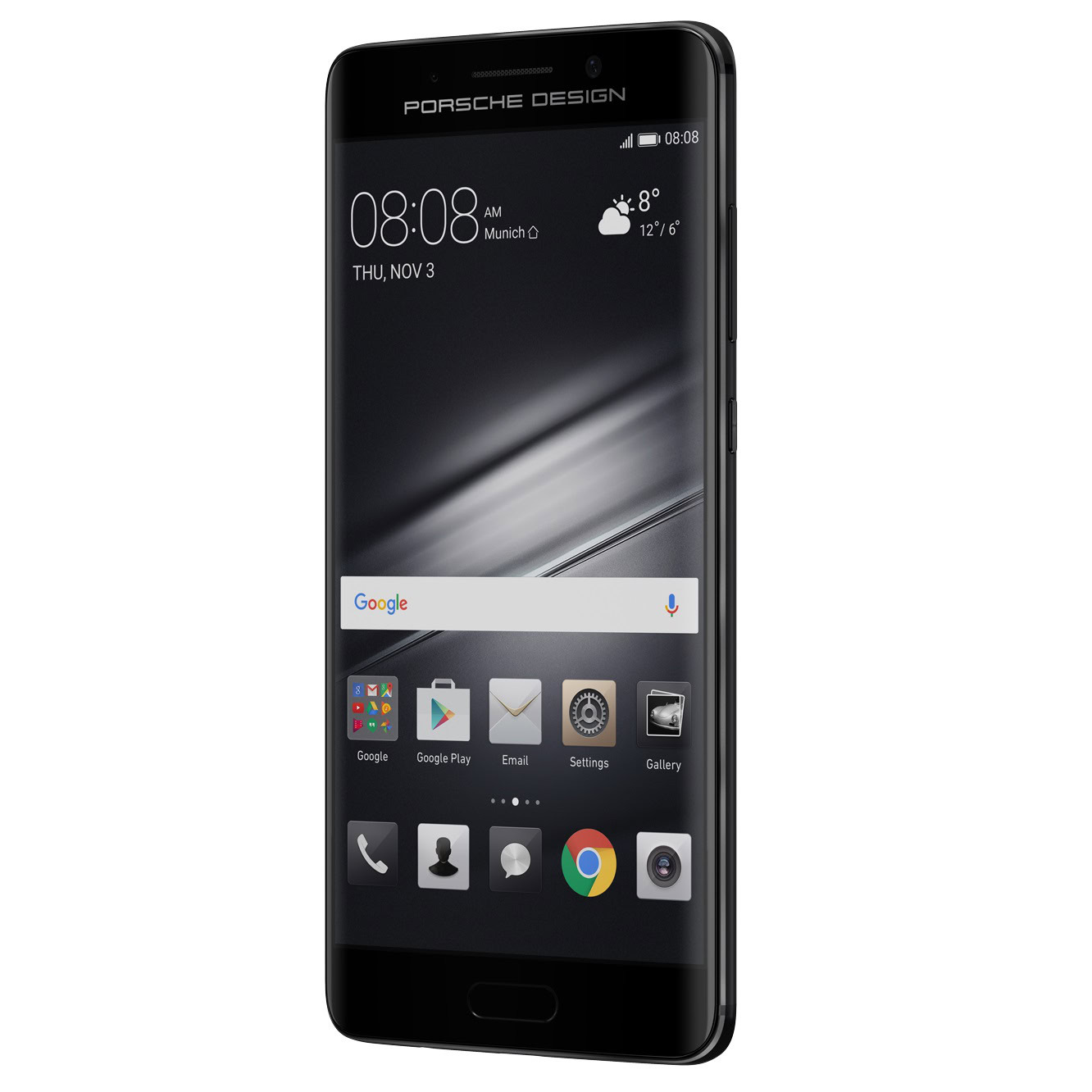
HUAWEI boasts that a 10 minute SuperCharge gives enough juice for 3.5 hours of video playback or 4 hours of web browsing, and that its technology won’t heat the phone up as much as others solutions. Unfortunately though, SuperCharge doesn’t work with Quick Charge accessories or power packs, and requires a proprietary charger and USB cable for it to function correctly as well. Which is clearly less than ideal.
Finally, we come to software and the Mate 9 comes packing the latest version of Android. If you’re after the latest Nougat experience, complete with multi-window, quick replies, and fast app switching, then the Mate 9, V20, and the Pixel XL are your best bets right now. Other flagships, including those not on this list, are still waiting for their Nougat updates to come through, and this may not happen for many until next year.
The Mate 9 goes one better with Daydream VR support out of the box too, which currently only runs on the Pixel range. The Axon 7 and Zenfone 3 Deluxe are also Daydeam ready, but these phones are waiting on an upgrade to Android Nougat and its Sustained Performance Mode first. HUAWEI has packed in a selection of its own software features as part of its new EMUI 5 too, which you can read more about over at the official announcement page.
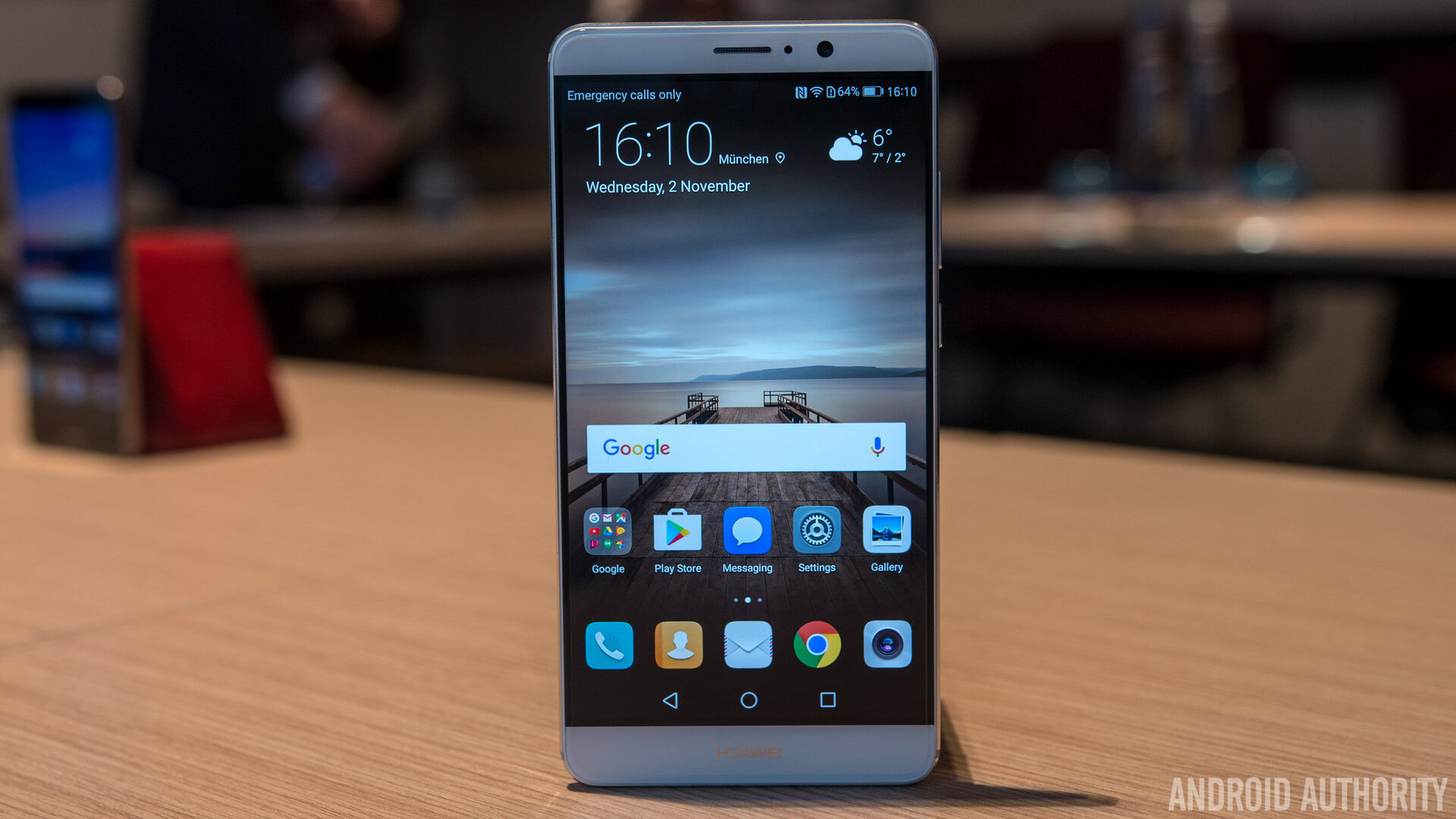
Unsurprisingly, the Mate 9 is the best handset produced by HUAWEI to date. The phone addresses most of our niggles from last year’s “almost perfect” Mate 8, by including a new camera setup and better gaming performance, which should make it a real flagship competitor.
Of course the competition has moved on since then too, but the introduction of SuperCharge and Daydream support helps to keep the Mate 9 on the cutting edge. Furthermore, there’s the premium Porsche option for those who love the latest curved display look and extra memory, although availability is expected to be limited and its 1395 Euros ($1543.92) price tag is far too high. Unfortunately, the default display resolution remains a tad behind the curve and those looking for a Galaxy Note 7 replacement still won’t find those sought after SPen or IP68 features here, even though the Mate 9 looks to do everything else right.
On paper, the handset has everything it needs to compete with the top-tier smartphones on the market today. Furthermore, the performance advantages handed to the phone by its new Kirin 960 processor should see the HUAWEI Mate 9 keep up with next year’s unannounced flagships as well.
